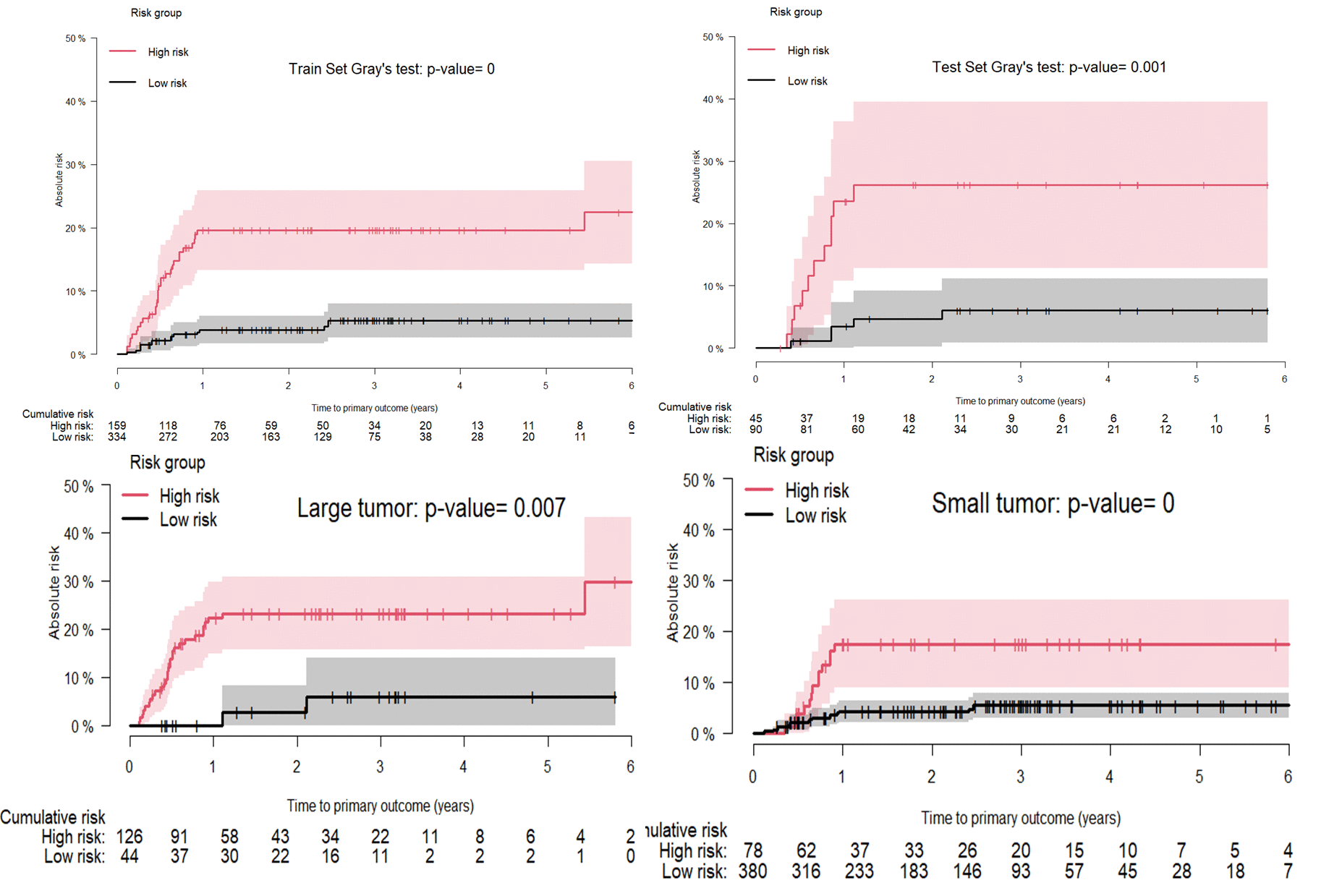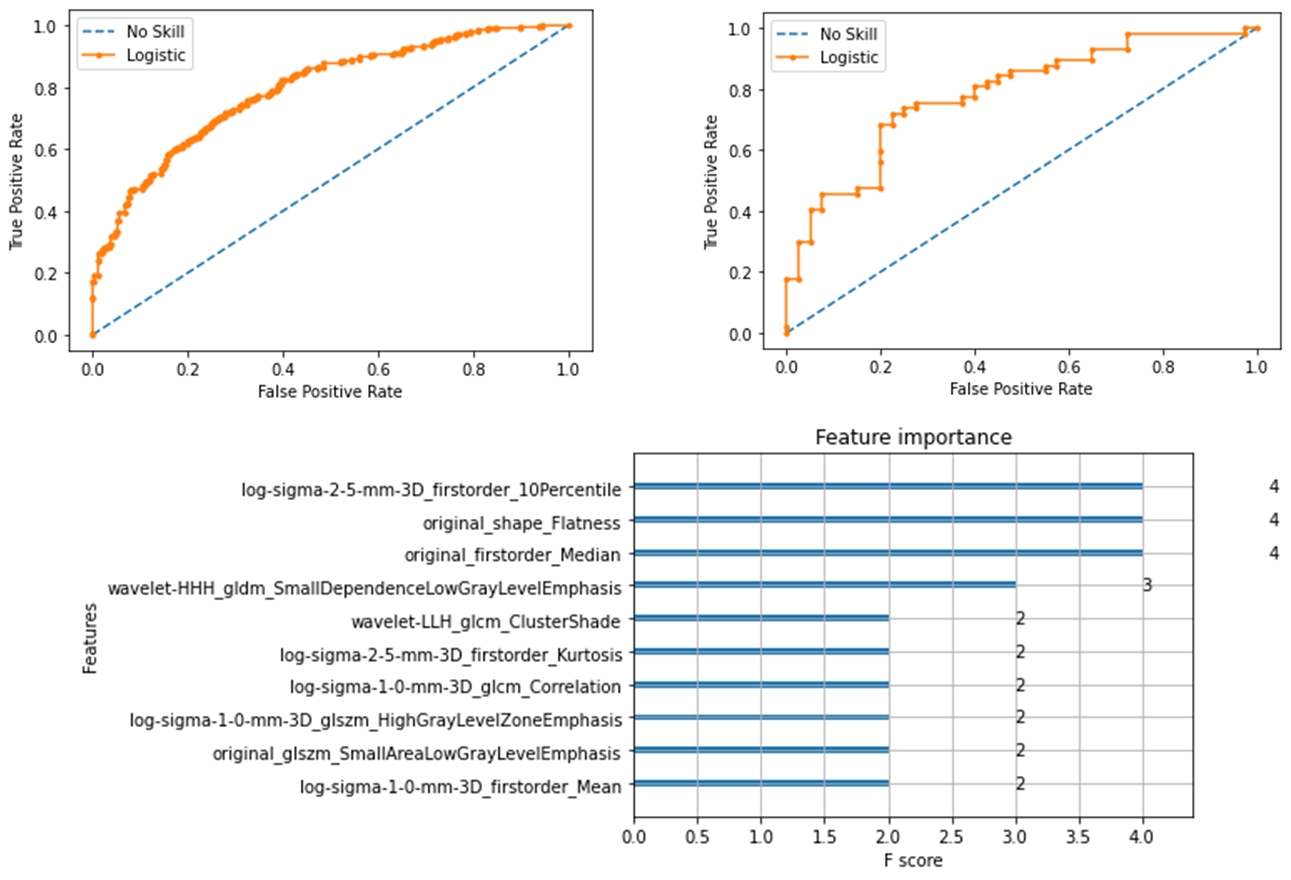| Technical Name | High Dimensional Brain Imaging Analytics Based Multi-modality Classification System for EGFR Mutation Status of Brain Metastases from Lung Cancer | ||
|---|---|---|---|
| Project Operator | National Taiwan University | ||
| Project Host | 許哲瑜 | ||
| Summary | BM of those patients with EGFR-mutant NSCLC have higher therapeutic benefit to be treated with EGFR tyrosine kinase inhibitorradiotherapy. We collected multi-modality brain images from institutions including brain magnetic resonancecomputed tomography images to develop model to predict the EGFR mutation statustackle about the problems of heterogeneous image sourcespoor generalization by using state of art high dimensional data analytics including DenseNet neural network, vision transformer, domain-adversarial neural networkand federated learning. We also extracted EGFR associated phenotype to predict local failure for BM after radiosurgery, which will optimize precision BM treatment. |
||
| Scientific Breakthrough | Radomics with high-dimensional data analysis, including dimensionality reduction, machine learning (ML)deep neural network methods, provide a non-invasive method to classify EGFR mutation status of brain metastases (BM). Recent studies used radiomic approach to predict the EGFR mutation status of BM. Lee et al. collected 61 patients' MRI to build radomic model with ML, with AUC performance of 0.86. Wang et al. achieved AUC: 0.98 predicted performance through radiomic approach with MLby using MRI of 52 patients. Our model collected 350 patients’MRICT imagesthe multi-modality model achieved AUC of 0.75-0.8 in test set. We also extracted EGFR associated phenotype to improve local failure prediction of BM after radiosurgery. |
||
| Industrial Applicability | In 2017, an estimated 15,345 people in Taiwan were newly diagnosed with lung cancer9388 cases were died it. Around 40 of non–small-cell lung cancer (NSCLC) cancer patients will develop brain metastases (BM) during the course of disease,those who harbor an epidermal growth factor receptor (EGFR) mutation may have greater risk to develop BM. In addition, due to progress in modern cancer treatment, prolonged survival of NSLCL patients make increase incidence of BM. BM of those patients with EGFR-mutant NSCLC have higher therapeutic benefit to be treated with EGFR tyrosine kinase inhibitorradiotherapy. Non-invasivehigh efficiency EGFR mutation classification system may meet the demand of increasing BM patients of NSCLC. |
||
| Keyword | Precision cancer medicine advisor Brain metastases Epidermal growth factor receptor (EGFR) mutation Magnetic resonance imaging Prognosis prediction Radiomics Machine learning Deep learning | ||
- Contact
- Hsu Hsin-Ju
- hsuhsinzu@gmail.com
other people also saw







